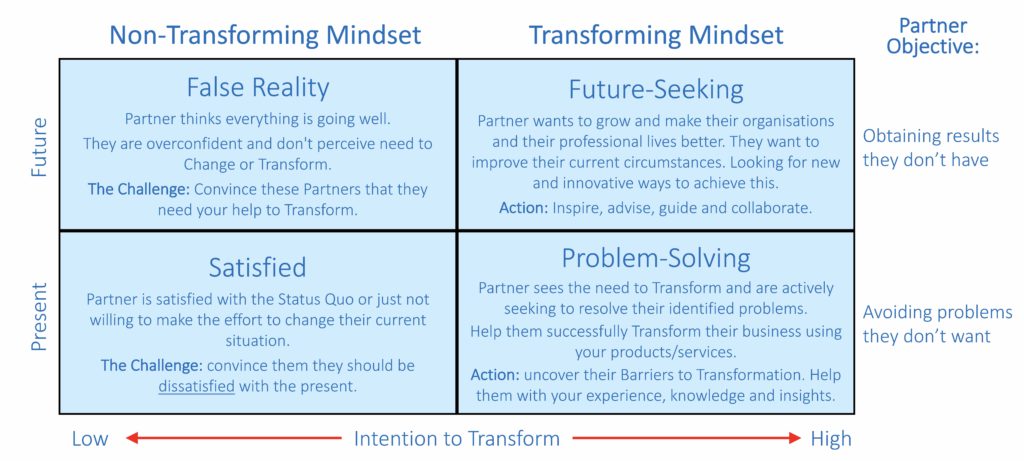What’s the difference between Change and Transformation? Aren’t they really the same thing? Let’s start out by defining Change and Transformation and understanding where they are, I believe, fundamentally different.
Change
Change is moving from an existing state to a new or different state. The challenge with change is to avoid returning to the initial state. Avoiding they gravitational pull of the past. This takes continuous effort (and cost) and in some cases is unsustainable and the changed state slowly returns over time to, or near to, the initial state.
Think: Melting ice blocks
“If you don’t like change, you’re going to like irrelevance even less.” – Eric Shinseki, U.S. Gen.

Transformation
Transformation is a different proposition all together because it implies a permanent and continuous change of state to a new transformed state. After transformation it is usually impossible to return to the initial state.
Think: minced meat, Think: caterpillar to butterfly
Organisational Change vs Organisational Transformation
| Organisational Change | Organisational Transformation | |
| Objective | Programs, initiatives and actions designed to move the organisation to new levels of sustained performance improvement | Programs, initiatives and actions designed to bring about lasting cultural/behavioural change at all levels of the organisation |
| Outcome | Inevitable drift back to the old way, situation or state | Permanent shift in performance, behaviour and culture |
Now, let’s consider a specific type of organization; a Commercial Partners in your Partner eco-system. Before investing in Partner Transformation, you might want to ask yourself the question: “Of our Tier 1 Commercial Partners, who will transform and who won’t?” If you can answer this question accurately and rank your Commercial Partners by their ‘Ability to Transform” you will enjoy significantly improved results.
The Dilemma for Commercial Partners is that they must manage Continuity and Change simultaneously.
- Manage Continuity (business as usual)
- Lead Change (re-think everything and innovate everywhere)
The 4 Transformation Mindsets: Who will Transform and who won’t?
Leading Transformation checklist:
- Lead with the culture
- Start at the top
- Involve every layer
- Make the rational and emotional case together
- Act your way into new thinking
- Engage, engage, engage
- Lead outside the lines
- Leverage formal solutions
- Leverage informal solutions
- Assess and adapt
“People don’t resist change, they resist being changed.” – Peter Senge, The Fifth Discipline: The Art and Practice of the Learning Organization (1990, rev. 2006).
Getting People to Embrace Transformation: What’s in it for me (WIIFM)?
People, and therefore organisations, will resist change unless they perceive the proposed change to be in their personal best interests. As an example of positively perceived change, think of a salary increase. Do you think that Bill who is being awarded the salary increase is going to say “No! No thanks. Not interested, I don’t like change.” No, Bill is not even thinking of this as being change. After all, this is a salary increase. Something totally different and highly desirable and therefore acceptable and accepted without question or further consideration. Almost every other manifestation of change is considered as dubious, undesirable, negative or down right bad for those affected by the proposed change.
“People are not afraid of change. They fear the unknown.” – Dick Brown, chairman and CEO of EDS
Avoiding Transformation is not the solution. Although it may appear that many organisations believe the contrary. The need to transform has never been greater than it is today in the massively changing, digitally disrupted world we now live in. Your job is to confront the status quo on a daily basis, transform your organisation and yourself to be poised for future growth.
Take Aways:
- Change and Transformation are not the same thing. Transformation is permanent and lasting change.
- Make sure your change efforts are moving you and your organisation towards Transformation.
- Change is necessary but not sufficient. Transformation is the end game. Your organisation’s ability to transform itself is your ultimate, sustainable competitive advantage.




Leave A Comment